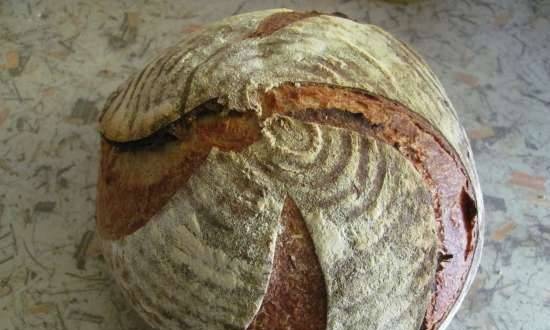Amazon. Millions of liters of water per second |
|
From the Andes to the Atlantic OceanThe Amazon flows from the Peruvian Andes. Today, scientists believe that it begins with Apacheta - the source of the Ucayali River. At first it winds along narrow mountain valleys to the northwest, forming numerous cascades. Why turns east and flows through the Amazon rainforest. It flows right to the very mouth of the river near the equator, not exceeding the latitude of five degrees. In both the Andes and the Amazonian lowland, it draws water from thousands of tributaries. The river has never been regulated, so it often changes course, making its way through the impenetrable jungle. River basin and tributariesThe Amazon and its tributaries are easy to spot on any map of South America. The basin area is 7,200,000 square kilometers, which is almost half of the entire continent. The river has more than a thousand tributaries, some more than 1500 kilometers long, that is, they are longer than the Rhine (the longest river in Western Europe). It is thanks to these tributaries that the Amazon bears such impressive descendants of water. Amazon citiesThe river is a convenient transport route, and the largest cities in the region have sprung up on its banks. The most important of these are Manaus in Brazil and Iquitos in Peru. Manaus is the capital of the state of Amazonas and the main port. Founded in 1660 by the Portuguese, the city really flourished in the 20th century thanks to the production of rubber. And Iquitos cannot be reached by land. Contact with the outside world takes place only through the airport and the Amazon River. Transport system of the AmazonThe Amazon is the main artery of the region. Large ships sail to Manaus, and small ships sail to Iquitos. To facilitate transport links in the 1970s, the Brazilian authorities built a highway in the Amazon region - Transamazonica. About 5,100 kilometers long, it stretches from Recife on the Atlantic coast to Cruzeirudo Sul on the border with Peru. Inhabitants of the Amazonian jungleThe Amazon region makes up almost half of Brazil's territory, but only 8% of the country's population lives here. The indigenous Indian population is about 500 thousand people, which is 36 times less than at the beginning of the 16th century, when the Portuguese arrived here. This is one of the rare places on Earth where tribes live that are not in contact with civilization.
|
| Features of the diet in the Peruvian region of Pasco | Culinary traditions of the Cauca Department of Colombia |
|---|
New recipes
 The tributaries of the Amazon are located in different climatic zones, where there are rainy seasons at different times. As a result, the river always carries huge volumes of water, the highest level is in May and June.
The tributaries of the Amazon are located in different climatic zones, where there are rainy seasons at different times. As a result, the river always carries huge volumes of water, the highest level is in May and June.






